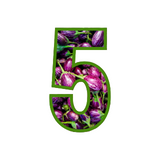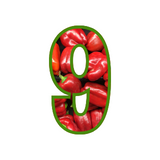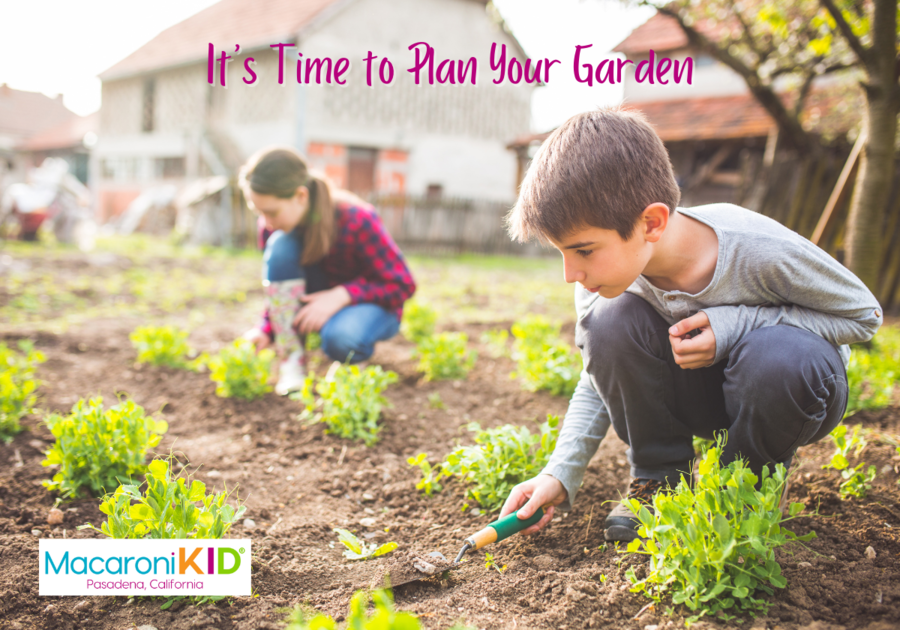 | It’s Time to Plan Your Garden! A 10-step primer | |||||||||||
| If you’re a novice gardener like me, you may need some inspiration to start planning your plantings. Here in Southern California, gardening can be nearly year-round, but I still find that early spring is the best time to get started. Here are some tips to get you going: | ||||||||||||
 | Involve the Family – Many hands do make light work, but more importantly, getting your family interested and engaged in the project allows you to share the experience. Your veggies might even taste better if you are all excited to east something you grew together at home. Learning about the process of growing and understanding how food comes to be is an important lesson for children, too. | |||||||||||
 | Start Simple – If you’ve not already established a garden plot, it’s often best to start with a premade bed or garden bed kit. Another option is a flowerpot garden made of several large pots arranged on your porch. My very first vegetable garden was in a series of glazed pots placed along the balcony enclosure of my apartment; I was overwhelmed by the compliments from my neighbors. My current garden bed was made using scrap lumber and assembled a few years ago with my son’s help. | |||||||||||
 | Sow Indoors - In unpredictable weather, or if you want to grow from seeds, start indoors. Using small plastic containers from your recycling bin, you can germinate seeds such as tomatoes, eggplant, or broccoli indoors. Fill containers with garden soil or even potting mix, sow your seeds according to package directions, water well, and place in a sunny window. If you’re doing this part with your kids, place all of the seed containers on a sturdy tray to keep any mess contained. Preschool and school-aged children love to check seedlings daily to monitor progress. | |||||||||||
 | Soil Substrate – Prepare your beds with the right type of soil. Typically, that means garden soil; the dirt already in your backyard is not likely to have enough natural nutrients for vegetable growth. Potting Mixes and specialty (such as cactus mix or azalea mix) also won’t yield the best results. Including several inches of fresh garden soil also helps create a growing space that isn’t too dense for young roots to push out as they grow. Next, be sure to add a thick layer of rich compost to the top, then water thoroughly to allow the nutrients from the compost to seep into the soil. | |||||||||||
 | Transplant – When your seedlings have taken root and the weather is right, it’s time to transplant them to your garden bed. This is also the right time to purchase and plant already-started plants from the garden store. Certain herbs and vegetables, such as rosemary, mint, and cucumber, either don’t sprout well from seed or are too delicate in the early stages to transplant from seedlings. | |||||||||||
 | Ready, Set, Grow! - Plan out and arrange the spacing of your vegetables based on their sun and water needs – like plants should be near each other, and plants with different needs can be in separate pots or beds or on opposite sides. Those that require less sun or filtered sun, such as cilantro, can be planted behind taller plants, such as tomatoes, provided their water needs are similar. | |||||||||||
 | Mulch - We’ve seen drought and sometimes water restrictions in the past several years, so we want to be sure we are being conscious of how we use our water. Mulch does a great job of trapping water in, so it doesn’t evaporate unnecessarily. The other important thing mulch does is prevent weeds from taking root. It can be difficult to tell plants from weeds in the early stages of garden. Weeding can also be tedious, so a good layer of locally procured mulch is really the best way to go. | |||||||||||
 | Use your Resources - Be sure to check multiple sources for growing instructions. There are many good books and online sources that address small gardens or California gardens specifically. The printed tags that come with your plants are part of the marketing, so they tend to be written with broad language. Just reading about Zone 9 can be helpful, but once you are ready to plant, be sure to use multiple resources to glean more accurate information from the cross-over of instructions. | |||||||||||
 | Water & Watch – Hand watering is a good plan because it forces you to check on your garden daily. This helps children learn patience. But often hand-watering isn’t enough. It’s usually best to set up a sprinkler on a timer to provide a controlled amount of water at an appropriate time – such as soon after sunrise. Then, you can hand-water again later in the morning, or in the mid-afternoon (after the sun had peaked for the day) to serve as your daily check-in. Kids love to take part in this, as gently sprinkling from a rain wand or watering can is within their capabilities and they can learn what the progression they see in the plants from day to day. | |||||||||||
 | Enjoy! One of the greatest aspects of having a home garden is to watch items ripen one by one. It’s great to incorporate these uber-fresh veggies into your daily meals as they become ready. Let the children pluck them from the plants as you declare tomatoes, carrots, or cucumbers ready for eating. If the kids attend camp over the summer, pack a few specially grown items in their lunch so they can show them off to their friends. Enjoying their own home-grown food can create a strong sense of pride! | |||||||||||
| ||||||||||||



